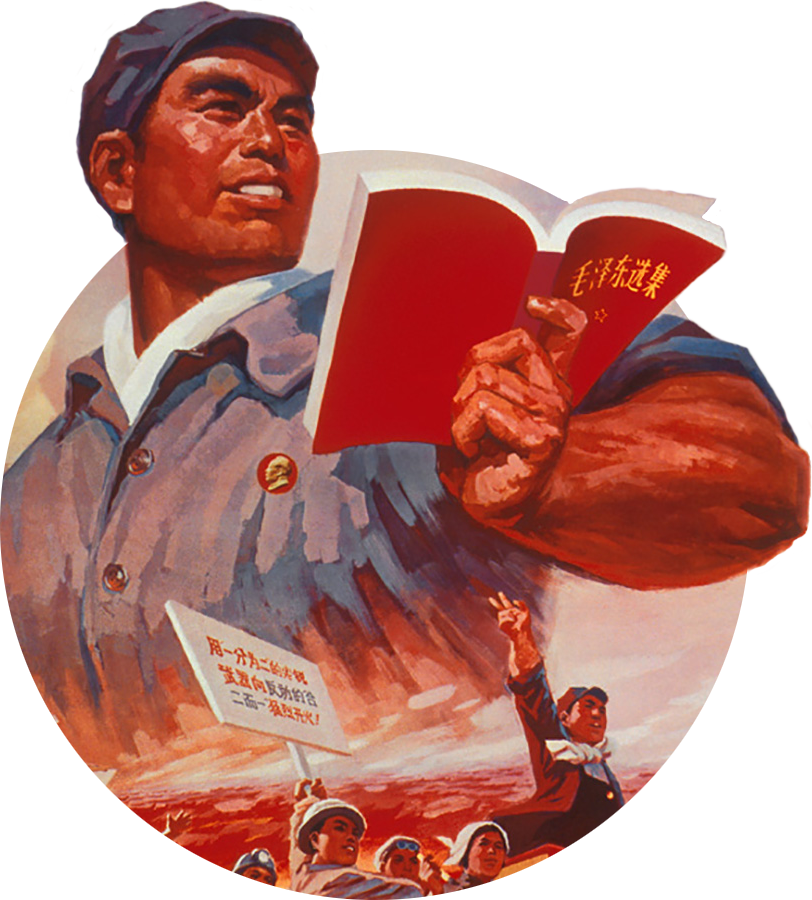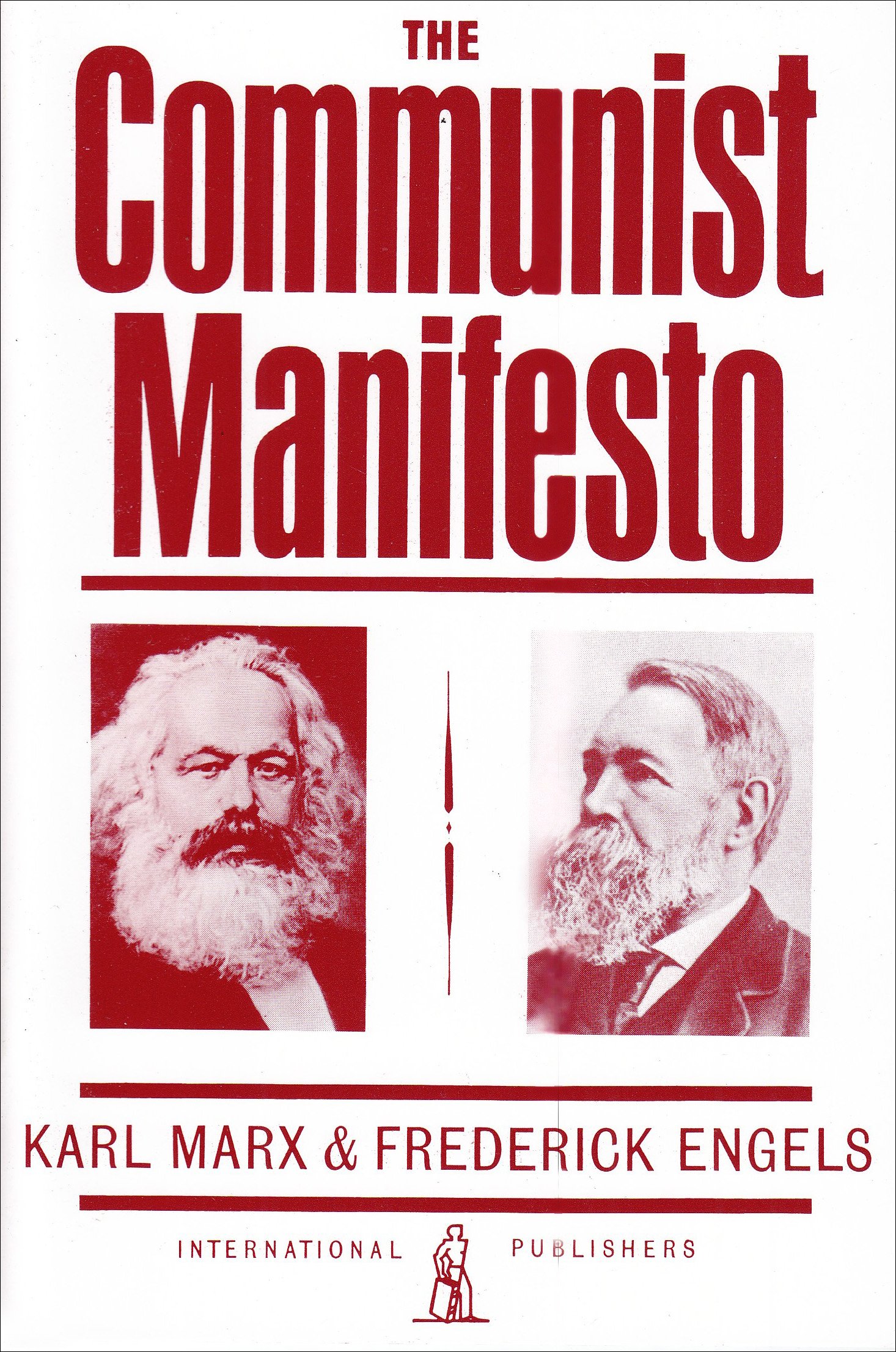Manifesto of the Communist Party: Difference between revisions
More languages
More actions
(Created article; just a stub, feel free to expand) |
General-KJ (talk | contribs) m (Added category) Tag: Visual edit |
||
| (2 intermediate revisions by one other user not shown) | |||
| Line 11: | Line 11: | ||
It is one of the four best-selling books of all-time,<ref>https://www.deutschland.de/en/topic/knowledge/200-years-of-karl-marx-seven-facts</ref> with over 500 million copies sold, and continues to have a huge impact to this day. | It is one of the four best-selling books of all-time,<ref>https://www.deutschland.de/en/topic/knowledge/200-years-of-karl-marx-seven-facts</ref> with over 500 million copies sold, and continues to have a huge impact to this day. | ||
In the pamphlet, Marx and Engels use [[Dialectics|dialectical]] and [[historical materialism]] to analyze various [[Mode of production|modes of production]] up to the present day (as of 1848) [[Capitalism|capitalist]] society and conclude that "the histoy of all hithereto existing society, is the history of [[class struggle]]". They analyze that each mode of production has a dominant class and a dominated class, and conclude that [[socialism]] is the next logical step. However, this can only happen through a [[proletarian revolution]], which sees the [[Proletariat|working class]] as the dominant class in society. Eventually, when the conditions are right, the state and all government administration will "[[Withering away of the state|wither away]]", bringing [[communism]], a [[post-scarcity]] classless society where exploitation no longer exists and materials and goods are available in great abundance. The pamphlet ends with the famous phrase: "Workingmen of all countries, unite! You have nothing to lose but your chains!" | |||
It should be noted however that the book does not distninguish between socialism and communism, and throughout their lifetimes, Marx and Engels used the words interchangeably. Marx described "lower" and "higher phases" of communism, with the lower phase now commonly regarded as being socialist society. | |||
==References== | ==References== | ||
{{reflist}} | {{reflist}} | ||
[[Category:Works by Karl Marx]] | |||
[[Category:Works by Friedrich Engels]] | |||
Latest revision as of 20:21, 23 June 2024
 | This is an article about a book that is currently available in our library. |
 | |
| Author | Karl Marx Friedrich Engels |
|---|---|
| Language | German |
Manifesto of the Communist Party (also known as the Communist Manifesto), is an 1848 political pamphlet by Karl Marx and Friedrich Engels. It was commissioned for the Communist League of London.
It is one of the four best-selling books of all-time,[1] with over 500 million copies sold, and continues to have a huge impact to this day.
In the pamphlet, Marx and Engels use dialectical and historical materialism to analyze various modes of production up to the present day (as of 1848) capitalist society and conclude that "the histoy of all hithereto existing society, is the history of class struggle". They analyze that each mode of production has a dominant class and a dominated class, and conclude that socialism is the next logical step. However, this can only happen through a proletarian revolution, which sees the working class as the dominant class in society. Eventually, when the conditions are right, the state and all government administration will "wither away", bringing communism, a post-scarcity classless society where exploitation no longer exists and materials and goods are available in great abundance. The pamphlet ends with the famous phrase: "Workingmen of all countries, unite! You have nothing to lose but your chains!"
It should be noted however that the book does not distninguish between socialism and communism, and throughout their lifetimes, Marx and Engels used the words interchangeably. Marx described "lower" and "higher phases" of communism, with the lower phase now commonly regarded as being socialist society.
